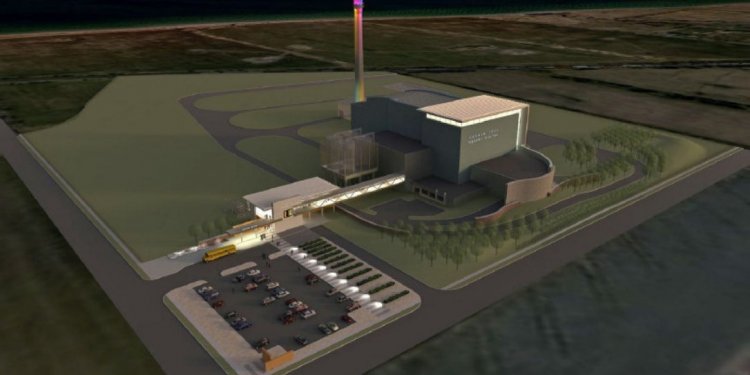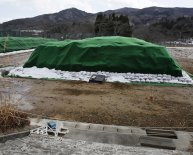
York Waste Disposal SITE
The Inactive Hazardous Waste Disposal Site (IHWDS) Program is the State's program for identifying, investigating and cleaning up sites where consequential amounts of hazardous waste may exist. These sites go through a process of investigation, evaluation, cleanup and monitoring that has several distinct stages. For an explanation of the different stages of the investigation and cleanup process, please refer to DER's fact sheets on stages of the investigation and cleanup process.
DER is made aware of potential hazardous waste sites in a variety of ways, including notification by the responsible party and citizen complaints.
An environmental investigation called a Site Characterization (SC) is performed when DER is made aware that hazardous waste has or may have been disposed of at a site. The goal of the SC is to determine whether a site meets the state's definition of an inactive hazardous waste disposal site by confirming the presence of hazardous waste and determining the threat posed by the site to public health or the environment. DER or the potentially responsible party performs the SC. For more information, you can read DER's fact sheet on SCs.
Once the presence of a consequential amount of hazardous waste is confirmed at a site, the site is added to the State's official list of sites and is given a classification code.
Sites that receive a classification of 2 (representing a significant threat to public health and/or the environment and requiring action) usually undergo a detailed environmental investigation, called a remedial investigation. When the parties responsible for the contamination are known, the responsible parties often pay for and perform the investigation and evaluation of cleanup options. At sites where responsible parties cannot be found or are unable or unwilling to fund an investigation, the State pays for the investigation using money from the 1986 Environmental Quality Bond Act, also known as the "State Superfund." The State may try to recover costs from a responsible party after the investigation and cleanup are complete.
Each class 2 site is assigned a project manager. Regional IHWDS Program staff serve as project managers for many inactive hazardous waste disposal sites in their respective regions. Staff in DEC's Albany office serve as project managers for the remaining sites. For sites where state money pays for an investigation, the project manager oversees the investigation and evaluation of cleanup options directly, or he may supervise a consultant hired to do the work. When a responsible party performs an investigation, the project manager reviews and approves investigation work plans and reports and ensures the responsible party performs a thorough and proper investigation. The project manager also works closely with New York State Department of Health staff who ensure that public health concerns are addressed.
The project manager writes the Proposed Remedial Action Plan (PRAP) that outlines the State's preferred method to address the site. The project manager presents the proposed plan at a public meeting and responds to public comments. After a final plan is selected and the Record of Decision (ROD) is approved, DER staff may remain involved with the design and implementation of the cleanup.
DER staff also perform inspections of sites that have been remediated but continue to have cleanup systems or other controls in place.

















